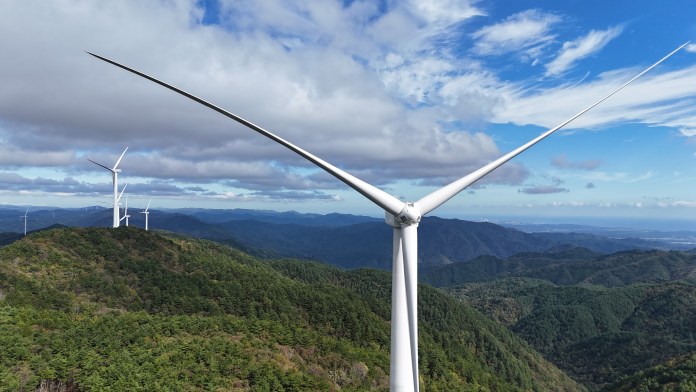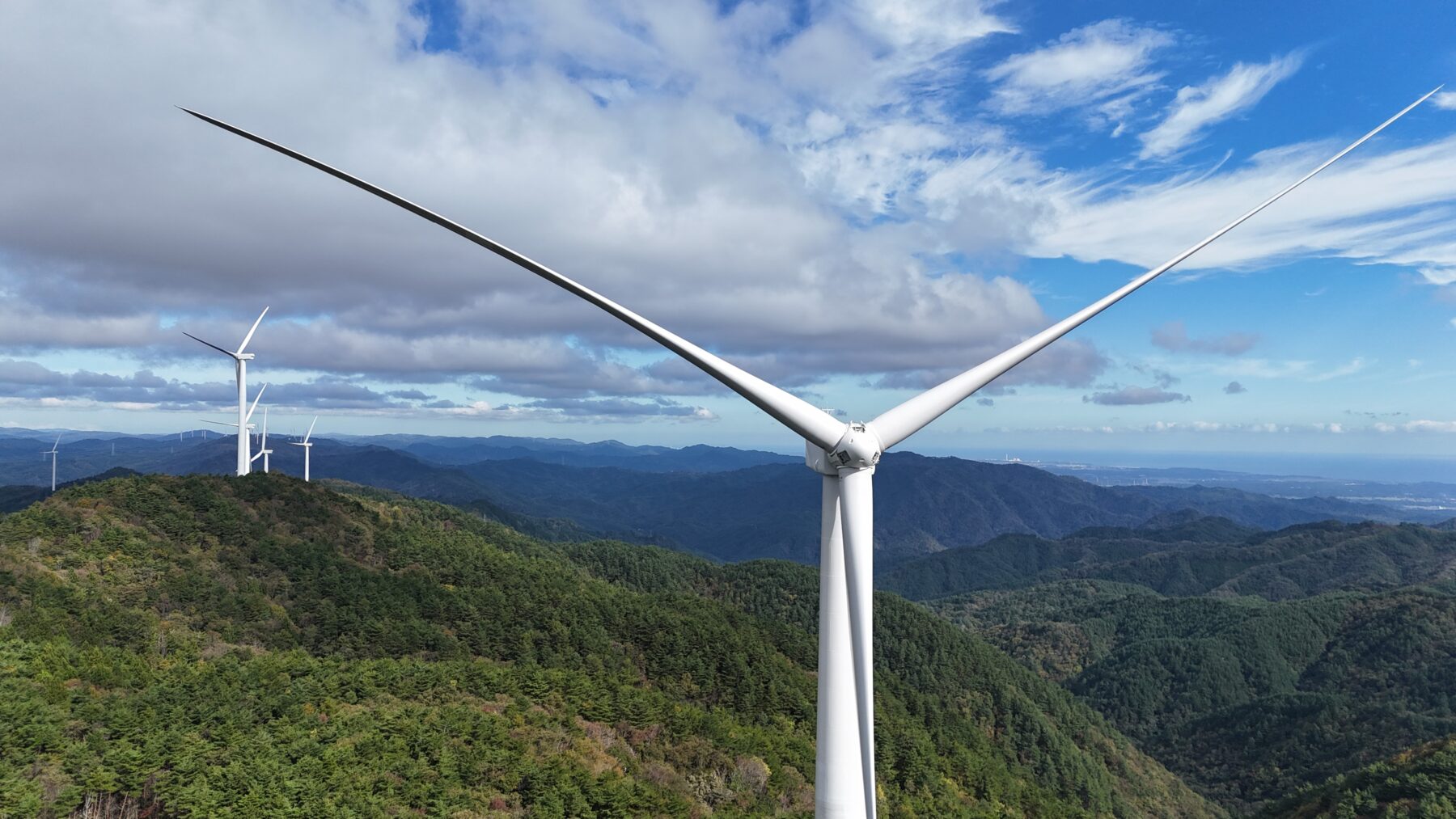
Estimated Reading Duration: 3 minutes
The Ministry of New and Renewable Energy (MNRE) from India has released a version of updated guidelines regulating the installation of prototype wind turbine models. These guidelines, available for stakeholder feedback, aim to supersede earlier documents issued in 2012 and modified in 2016. The primary goal of these enhanced guidelines is to streamline the testing and certification procedures for wind turbines by permitting a limited number of prototype installations nationwide. All wind turbine manufacturers in India intending to install and sync prototype wind turbines with the Indian power grid are subject to these rules.
Under the revised guidelines, land allocation must be determined based on the physical area needed for prototype installations. The utilization of these wind turbines is authorized strictly under defined conditions and exclusively for the purpose of type testing, which is crucial for acquiring type certification from recognized international certifying bodies.
The National Institute of Wind Energy (NIWE), situated in Chennai, has been appointed as the enforcing authority for these guidelines. Manufacturers are obligated to provide comprehensive information and documents in the format specified by NIWE to receive a recommendation for the installation of a prototype wind turbine for testing and grid synchronization.
Type certification must comply with globally acknowledged standards such as IECRE OD 501 and IS/IEC 61400-22:2010. Testing and certification should be conducted only by accredited international organizations. Manufacturers are required to submit a prototype certificate for the wind turbine model intended for installation, alongside signed agreements for testing and certification from recognized entities.
The validity of the prototype certificate is restricted to a maximum of three years. Manufacturers may request an extension if they meet the stipulated conditions and submit a renewed certificate. This includes providing a list of any alterations or new components added to the turbine and securing consent from NIWE. An annual progress update on type testing and certification must also be communicated to NIWE.
Regular upkeep and operation of the prototype turbines is compulsory. The authority responsible for type certification will publish yearly reports regarding maintenance status. Failure to comply may lead to the turbine being disconnected from the grid. Manufacturers have a period of three years from the date of the recommendation letter from NIWE to complete testing and acquire a valid type certificate. Inability to obtain the certificate within the specified time may lead to disconnection and the removal of the turbine at the manufacturer’s cost.
Moreover, the turbines are required to be commissioned or synchronized with the grid within 18 months of NIWE’s recommendation. Upon completion, a commissioning certificate or a grid synchronization report issued by the relevant state utility or governmental authority must be presented immediately.
The guidelines emphasize the quantity of turbines over their megawatt capacity, reflecting the dominance of high-capacity turbines in the market. These turbines cannot be sold or mass-produced until they are included in the official Revised List of Models and Manufacturers of wind turbines. All components utilized must be brand new; the use of used parts is strictly forbidden. Certain modifications to existing prototypes may be allowed under specified circumstances.
Additionally, manufacturers are required to submit an affidavit and indemnity bond to NIWE and the state utility to ensure adherence to all conditions. Violating any of the outlined terms may lead to the cancellation of installation and testing permissions, without prior notice, in order to maintain safety and security standards.

